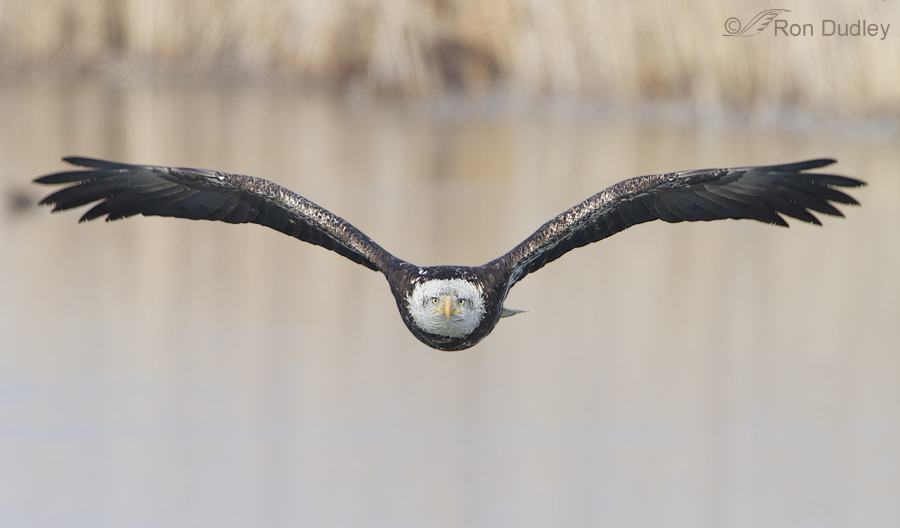This isn’t the sharpest image in my portfolio but it does intrigue me. A lot. Six days ago this Barn Owl made an unsuccessful plunge into the deep snow for a vole and soon after took off almost directly away from me. This is one of the images I got as it lifted off in the direction of its favorite hill-top perch – a “butt shot” to be sure but I’m fascinated by the wing angle and position. 1/3200, f/7.1, ISO 500, 500 f/4, 1.4 tc, natural light, not baited, set up or called in This shot caught the wings toward the end of the upstroke. The primary feathers at the end of the wings are in what appears to be an almost perfectly vertical position to allow for very little air resistance as they move to a higher position in preparation for the powered downstroke but the secondary feathers are pointed almost directly back at me. The skeletal structure of a bird’s wing is homologous (similar in position, structure, and evolutionary origin but not necessarily in function) to the forelimb of most other vertebrates (including humans) with a humerus, then radius and ulna, then metacarpals and finally phalanges at the end. Like humans, the joint between the radius/ulna and the metacarpals is the carpal or “wrist” joint (see here if you’re curious and/or confused by the anatomy). So the “wrist” is the joint between the primary and secondary wing feathers. Our wrist or carpal joint can be “bent” up or down and left or right but it cannot be rotated (try holding your…
Continue reading


